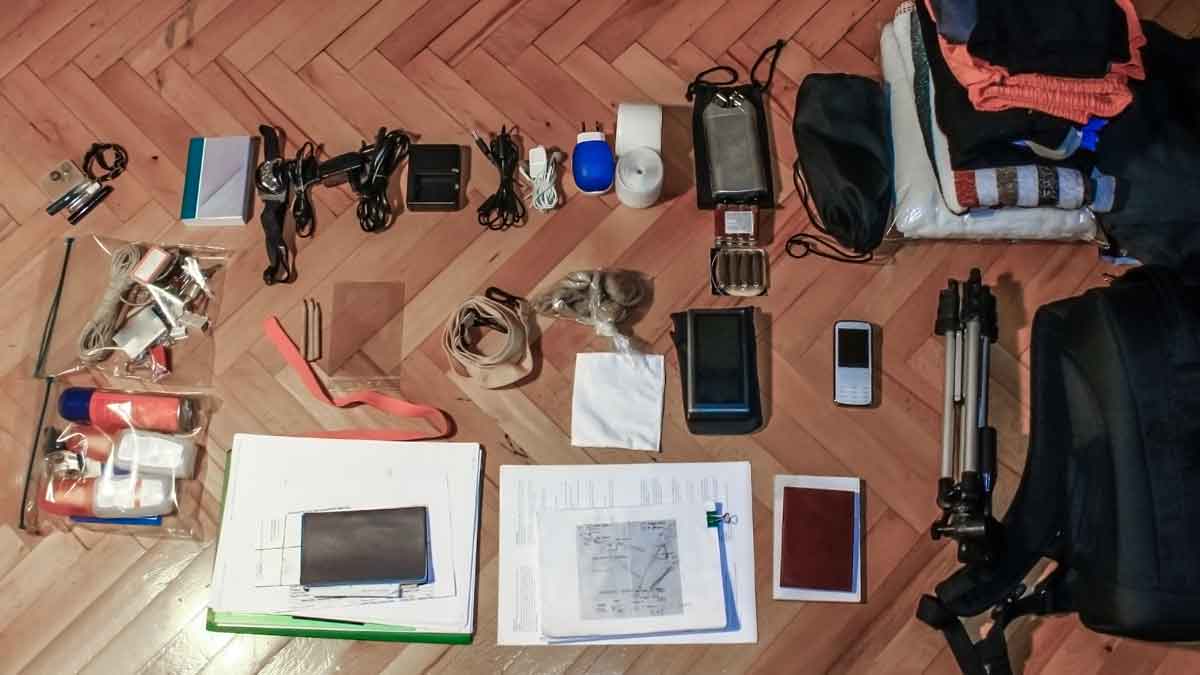Cross “interview guide” off your packing list and add “digital projector.” The former indicates you—not the customer—will be guiding the interview. Not good. Project your notes and let the customer tell you their next problem or ideal state: You’ll learn what you didn’t know you didn’t know, they’ll correct your notes, and they’ll be much more engaged.
More in article, Why Advanced VOC Matters (Originally published in B2B Organic Growth Newsletter).
Many suppliers unwittingly detach from customers with a host of risky behaviors: 1) Asking customers to fill in boring questionnaires, 2) using interviews to “validate” their preconceived solutions, 3) failing to probe with insightful questions, and 4) neglecting to follow-up interviews with rich, ongoing engagement. Is it time to learn customer-engagement skills?
More in article, 5 Growth Risks You Can Stop Taking (Originally published in B2B Organic Growth Newsletter).
The data are in, the studies are done, and—put simply—customer-engaging VOC improves your bottom line. One study on innovation by Booz & Co. found this: Suppliers who directly engage customers enjoy three times the profit growth vs. those that do not. Want huge profit growth? Engage your customers. It’s not hard, but it is a different approach… even innovative.
More in article, Why Advanced VOC Matters (Originally published in B2B Organic Growth Newsletter)
Will you win because your R&D people are 20% smarter than the competition’s? If that logic sounds shaky, here’s a suggestion: What if your R&D worked only on problems customers truly cared about… while competitors kept guessing what to work on? Would that be a competitive advantage? This is easier than you think… but maybe you’d rather try to hire geniuses.
More in white paper, Catch the Innovation Wave (page 4)
When developing a product, you know what you know (facts)… what you think (hypotheses)… and what you don’t know (gaps). But breakthroughs usually come from what you didn’t know you didn’t know. Only your customers know this, so you must let them guide you. This provides the spark of innovation, which seldom occurs with old-fashioned supplier-led interviews.
More in e-book, Reinventing VOC for B2B (page 3)
We’ve coached hundreds of B2B new product teams and here’s the awkward reality: When teams begin using advanced methods to interview customers, they are usually surprised by what customers want. This means the teams had been planning on developing a product that interested them, not customers. This is a sobering experience. Have you had it yet?
More in article, The Cost Cutter’s Guide to Growth (Originally published in B2B Organic Growth Newsletter)
It’s ironic: B2B customers have the only vote on whether our new product is any good. B2B customers want us to innovate on their behalf. B2B customers are eminently qualified to guide us. Yet many suppliers all but ignore B2B customers when developing their product concepts. Today, this is a global pandemic.
More in article, Is Your Innovation Supplier-Centric… or Customer-Centric? (Originally published in B2B Organic Growth Newsletter)
Companies like to talk about the voice-of-the-customer, but most just listen to themselves as they create “conference room” products. The team gathers internally to decide for the customer what they’ll want in a new product. This team will always lose to the team that immerses itself in the customer experience, and designs a product to improve that experience.
More in article, Why Advanced VOC Matters (Originally published in B2B Organic Growth Newsletter)
Imagine your doctor entered the exam room, saying, “I’ll ask some routine questions to validate my hunch… so I can start treatment.” Would he be your doctor for long? Wouldn’t you rather have a doctor who listens first and asks intelligent questions? Your customers feel the same way, so leave your hypothesis in the waiting room and start engaging them.
More in executive briefing, Seven Mistakes that Stunt Organic Growth
Do you like to answer surveys at home? How about at work? How do you think customers feel about filling in your questionnaire? Forget your list of brilliant questions. Instead, learn to brilliantly probe whatever customers want to tell you. You’ll be rewarded by customers who actually want to talk to you.
More in e-book, Reinventing VOC for B2B (page 2)
Analysis looks for what has been done wrong; discovery for what could be done right. Failing to discover opportunities is a costly error. Paradoxically, it is most often forgiven. In fact, if your team fails to develop a blockbuster because it missed a critical customer need, no one will even notice. At least not until a competitor does a better job.
More in executive briefing, Should Your Stage-Gate® Get a No-Go?
This mantra guides the decisions of the business masses. But is it right? Peter Drucker didn’t think so. He said the primary purpose of a business is to acquire and keep customers. I believe increased shareholder value is a good result, but a lousy goal. You’ll have better results if your goal becomes: “Understand and meet the needs of our customers.”
More in article, Why Maximizing Shareholder Value is a Flawed Goal
Research shows the best way to sell a product is to probe customers’ needs. But why wait until the product is developed? If you probe beforehand, you’ll create a better product and “pre-sell” your product. This isn’t practical for interviewing millions of B2C toothpaste buyers, but it is for concentrated B2B markets. B2B engagement skills aren’t difficult. Do you have them?
More in newsletter, How to Grow in a Stagnant Economy (Nov-Dec, 2008)
Some companies rely on a handful of internal VOC (voice-of-customer) experts to interview customers. You’ll do far better if you train a critical mass of employees—who routinely interact with customers anyway—to gather customer needs. Keep your VOC experts as coaches and trainers, but implement “VOC for the masses.”
More in executive briefing, Seven Mistakes that Stunt Organic Growth













